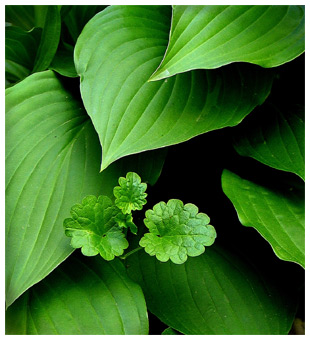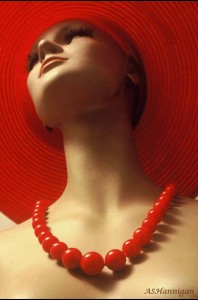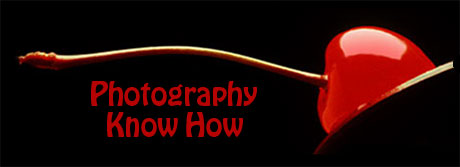Photo composition is all about the art of subjective arrangement … what to do with all that stuff. Composition is really about choices.

What is your subject?
What do you want to say about the subject?
Or what is the subject saying about you?
What do you include and what do you leave out?
And how do you arrange everything that is included?
First, it is important to realize that composition is very subjective. But good composition can be learned by anyone, and there are some guidelines that help you make the best choices.
The choices you make say a lot about you. And if you study any of the great photographers, you can often tell their work at a glance, because they have developed their own unique style. And composition is a major part of that style.
Selective Seeing
When something catches our interest, the mind tends to focus on only that which has attracted our attention. The eye may see much more, but the mind discards anything that doesn’t contribute to the main attraction.
This is the first filtering stage of any photo and it’s what contributes a lot of the subjectivity in your photographs. This filtering process can be a source of creativity and it can also be a block to that same creative force within you.
Our mind likes to see that which it understands and is familiar with and tends to try to shape what we see into something that makes sense. Much of this is done on a subconscious level that we may not even be aware of.
As you view your photos over time, you can learn things about yourself and the way you see the world. Your choice of subject matter and the way you choose to portray your subjects is a reflection of your views that have been shaped by a lifetime of experience.
Have you ever found yourself in a sort of creative rut, feeling like your photography has become repetitious or feeling challenged to find a new way to shoot the same kinds of subjects? Most creative artists have experienced this at one time or another.

At such times you can challenge yourself by experimenting with ideas that seem to go against everything your mind tells you is correct. This might be done by shooting subjects you normally tend to just pass up as uninteresting. Or shooting from an unusual angle.
See What the Camera Sees
Now if only we could get the camera’s mind to see the way our own mind does, composition would be greatly simplified. However, the camera doesn’t see as selectively as we do.
From your camera’s point of view, everything that is visible through the lens is included in your shot. Unlike your mind which can focus its attention only on what’s important and ignore what is not, the camera makes no such distinctions.
So you have to choose what’s important and find ways to eliminate or play down anything that is not. When you look through the viewfinder or at your monitor, it is necessary to see everything that the lens sees.
You must see not only your subject, but everything else that is in the shot. This is fundamental to good composition. It must all support the main subject or idea the photo is communicating.
Be Aware of What the Camera Doesn’t See
And you also must see … or at least be aware of … things that aren’t in the shot. You may be influenced by sounds, smells, feelings and other such things that are not going to be visable in your photo.
You happen to be watching a musician entertaining a cheering crowd and get swept up in the moment, but your photo doesn’t show the crowd nor hear their cheers, so it fails to convey the excitement you felt when you took the shot.
Being aware of influences that may not be conveyed in your photos can lead you to approach your subject in a different way. Perhaps showing more of the environment around your subject will help.
Maybe several shots are needed to tell the story more successfully. Consider anything that might be influencing your feelings so you can better evaluate how to compose your subject and capture the essence of the moment.
“There is nothing worse than a brilliant image of a fuzzy concept.”
…Ansel Adams…
The clearer you are about what it is you want to communicate, the simpler it will be to make the best compositional choices. At first, it may mean giving more conscious thought before you snap that shutter, but in time much of this thought process will become intuitive.
And with practice, the decisions of what to include in your composition, and what to leave out become much easier.
So examine some of these guidelines to good composition and discover how they can help improve your photography.
Once you’ve begun to master composition and have a collection of photos you’re proud of, you can head to picture.com and create albums and calendars of your favorite shots.
Going pro? Make yourself a portfolio by creating a professional photo book of your best pictures.

More Guidelines for Photo Composition


[…] Composition in Photography […]
[…] Composition in Photography […]
[…] Composition in Photography in photography is all about arranging the elements in your photos for maximum impact. You will not only learn some of the basic guidelines of composition, but the reasons behind these so called “rules of composition”. […]